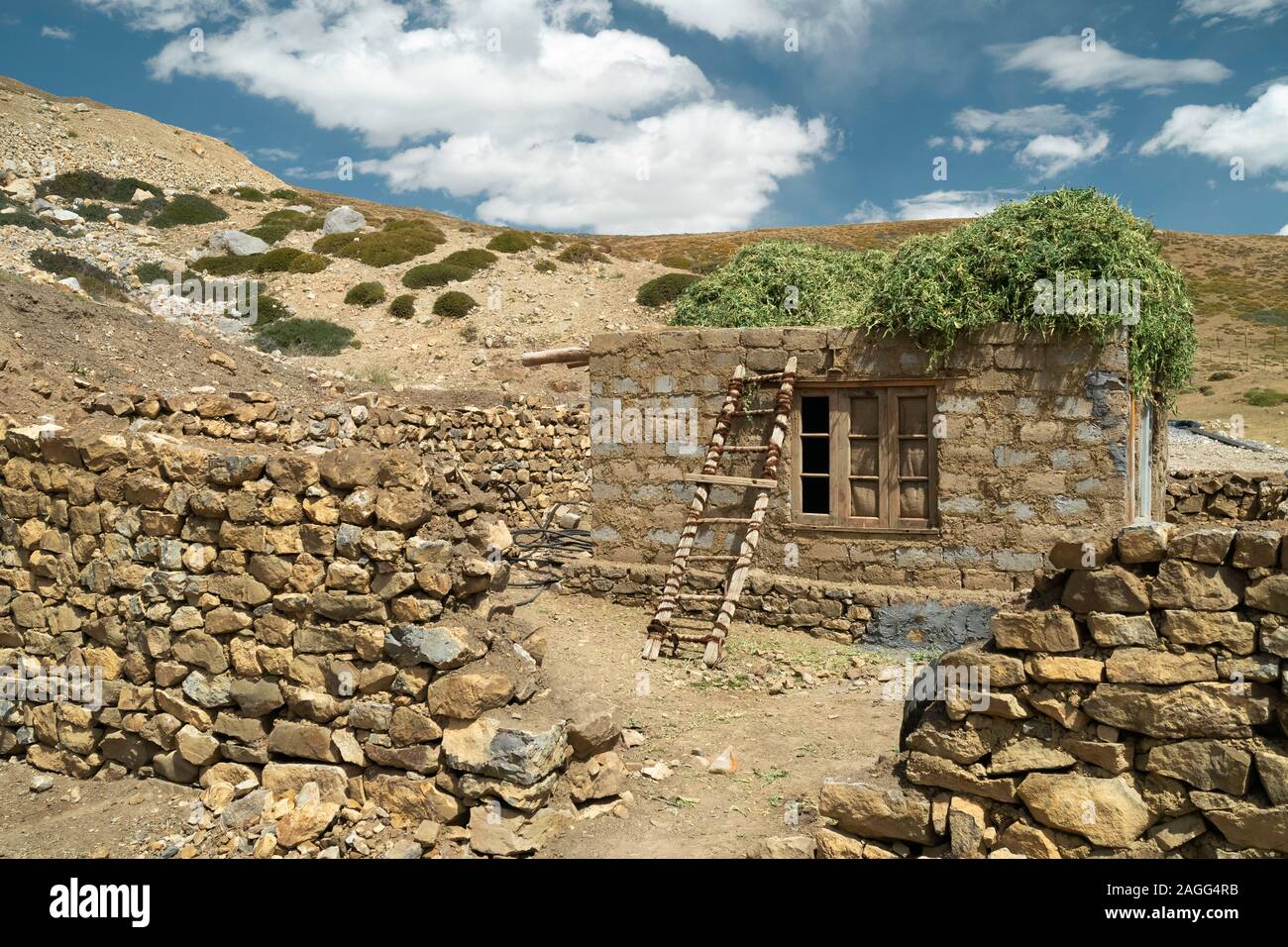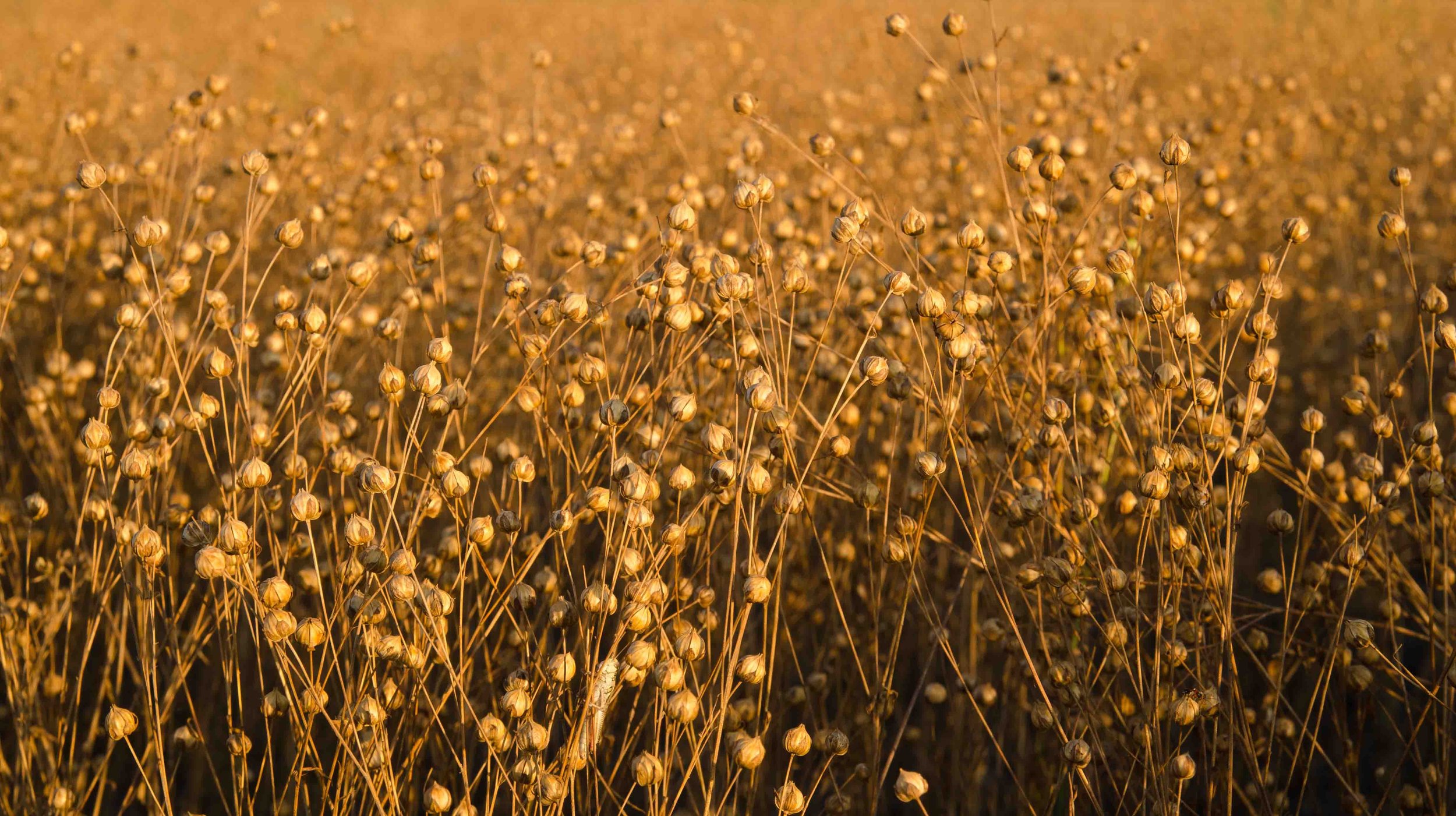BSD
Sukkah 12 a (2)
Mar-Cheshvan 9, 5781. October 27, 2020
1- Rashi writes that a פסוק mentioned in the Gemara is from ספר עזרא. In our תנ”ך is in Nechemia.

We spoke about this in a previous shiur Beitza 27b :
“We discussed the gloss written by Reb Akiva Eiger about this Rashi.
In short: The two books of Ezra and Nechemia, despite them being printed and labeled today as two separate ספרים, are in actuality only one ספר of the 24 in the תנ”ך.
This single ספר has the story of Ezra as well as Nechemia. So it would make sense for Nechemia to have his own ספר.
The Gemara in Sanhedrin, 93b addresses this issue and explains that Nechemia was punished and didn’t merit to have his ספר called in his own name.
Hence, all references in Sha’s to a פסוק in (what today we call) נחמיה are written as עזרא.

The partition of Ezra into two books is not of Jewish origin. Much like the partition of Shmuel into two books. The first time the split shows up in our mesorah, is in Venice, in the Bomberg edition of 1525.
The Alter Rebbe in אגרת התשובה 11 also refers a posuk in (what today we call) נחמיה as עזרא
ומה שמשבחים ומברכים את ה’: “חנון המרבה לסלוח”, “המרבה” דייקא, וכמו שכתוב בעזרא: “ורב לסלוח”, דהיינו שבמידת בשר ודם, אם יחטא איש לאיש וביקש ממנו מחילה ומחל לו ואחר כך חזר לסורו, קשה מאד שימחול לו שנית, ומכל שכן בשלישית ורביעית”

2- Mishna about placing tied bundles of Kosher סכך on a Sukkah.
This can be an issue, as our Gemara explains, on a Torah level and also on a דרבנן level.
A- If the bundles were placed during the summer for the purpose of drying, not for the purpose of creating ‘shade’ – צל, then when Sukkos arrives and one decides to use them as סכך, the problem is תעשה ולא מן העשוי. Since the actual ‘placement’ was not made for סכך, the decision now to turn it into סכך is מן העשוי, and therefore invalid מדאורייתא.

B- However, if one places tied bundles right before Sukkos for the purpose of סכך, the only issue would be is a גזירה מדרבנן, least he places these bundles in middle of the summer for drying purposes.

3- Same would apply in the case of burrowing into a haystack. [Thanks to Hillel for the correct word…]

Carving out a Sukkah inside a haystack would be פסול מדאורייתא because of תעשה ולא מן העשוי as the סכך was not placed for shade purposes.

Hollowed out Haystack
On the other hand, burrowing into a haystack, opening a hole thru the top and then covering the opening with hay as סכך would be ok מדאורייתא since the סכך was placed intentionally.

Giant Hollow Haystack
מדרבנן it would not be valid because allowing this may cause someone to think that even without this ‘hole’ the סוכה is Kosher.
4- Flax.

In order to understand the different הלכות of using flax as סכך we suggested some site to understand the production process.
See here.
https://www.youtube.com/watch?v=7Eec859dAhg
https://www.youtube.com/watch?v=LNDbINF6Vew
https://www.youtube.com/watch?v=-ZrZZefkohE
https://www.worldlinen.com/fine-linens
5- We mentioned the unpleasant odor that is present in the first stage of the production.
The Halacha that a man cannot demand his wife to spin flax fibers into flax strands.
Rambam. Ishus 21.
מציאת האשה ומעשה ידיה לבעלה. ומה היא עושה לו הכל כמנהג המדינה. מקום שדרכן לארוג אורגת. לרקום רוקמת. לטוות צמר או פשתים טווה. ואם לא היה דרך נשי העיר לעשות כל המלאכות האלו אינו כופה אלא לטוות הצמר בלבד. שהפשתן מזיק את הפה ואת השפתים והטויה היא המלאכה המיוחדת לנשים שנאמר וכל אשה חכמת לב בידיה טוו:

6- We find that flax has three names פשתן, בד, and שש .
Are they really all flax?
פרעה gave יוסף upon his appointment a coat of שש.
וַיָּסַר פַּרְעֹה אֶת טַבַּעְתּוֹ מֵעַל יָדוֹ וַיִּתֵּן אֹתָהּ עַל יַד יוֹסֵף וַיַּלְבֵּשׁ אֹתוֹ בִּגְדֵי שֵׁשׁ וַיָּשֶׂם רְבִד הַזָּהָב עַל צַוָּארוֹ.
רש”י:“בגדי שש” – דבר חשיבות הוא במצרים
Was that flax?
Flax was common in Egypt as Rashi writes in Berashis, so what was so special about it?
שֵׁם הָאֶחָד פִּישׁוֹן הוּא הַסֹּבֵב אֵת כָּל אֶרֶץ הַחֲוִילָה אֲשֶׁר שָׁם הַזָּהָב.
רש”י “פישון” – הוא נילוס נהר מצרים וע”ש שמימיו מתברכין ועולין ומשקין את הארץ נקרא פישון כמו ופשו פרשיו ד”א פישון שהוא מגדל פשתן שנאמר אצל מצרים (ישעיהו יט) ובושו עובדי פשתים.
See דעת זקנים מבעלי התוספות here .
7- We briefly spoke about the Rebbe’s idea on the symbolism of Flax.
IYH to be continued next week. See here. Reshimos 107.

8- Story of Richard Tucker.
“Born Reuben Ticker of Rumanian immigrant parents, Tucker began his musical training at six when he sang alto in the choir of the Allen Street Synagogue on New York’s Lower East Side”
Eventually, he progressed from a part-time cantor at Temple Emanuel in Passaic, New Jersey, to full-time cantorships at Temple Adath Israel in the Bronx and, in June 1943, at the large and prestigious Brooklyn Jewish Center.
AKA today as Oholei Menachem.
Throughout his opera career, Tucker maintained a Jewish identity. He kept kosher, and regularly officiated as a cantor on Rosh Hashana, Yom Kippur and other sacred events in the Jewish liturgical calendar, especially in Chicago.[12][13] He oversaw the religious development of his three sons, Berel (Barry, b. 1938); David N. Tucker, M.D. (b. 1941); and Henry (b. 1946).[13